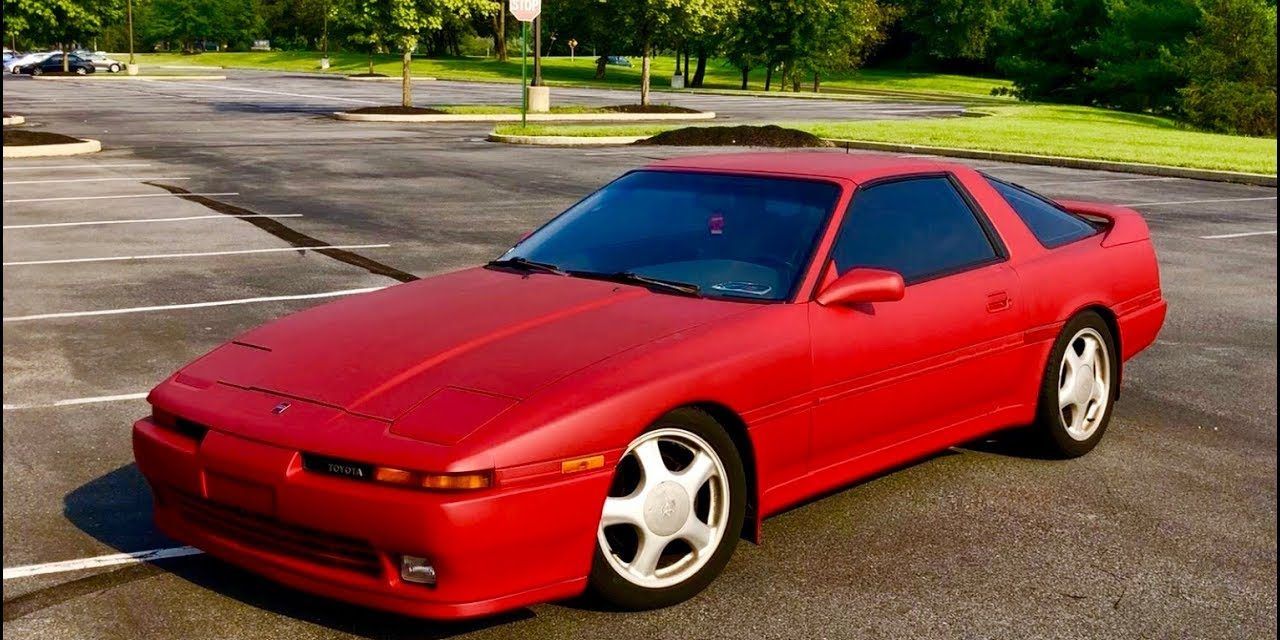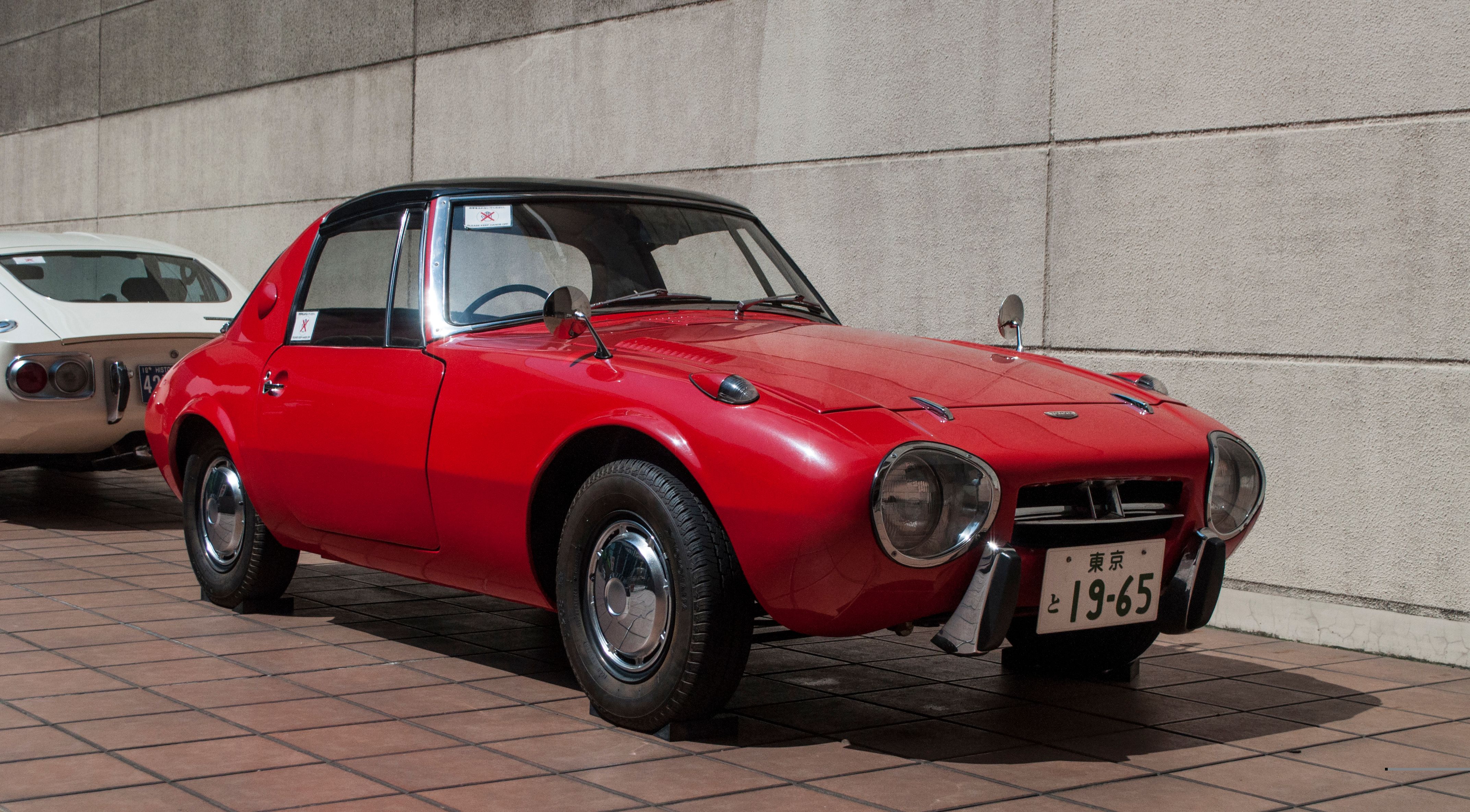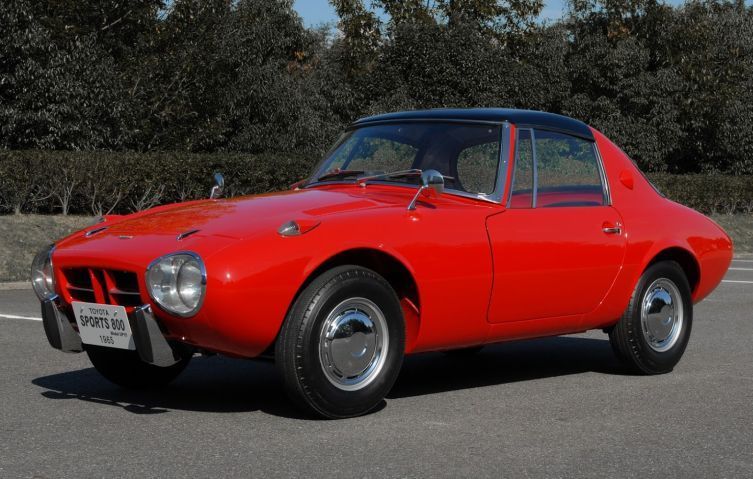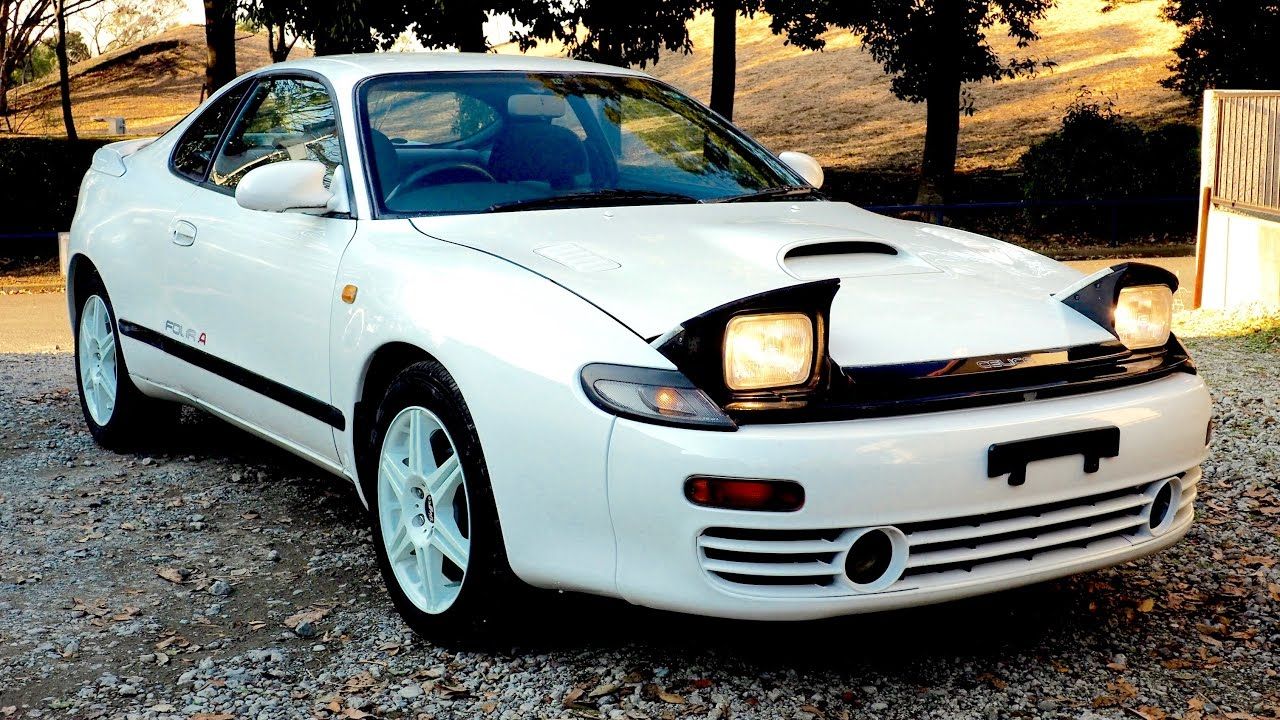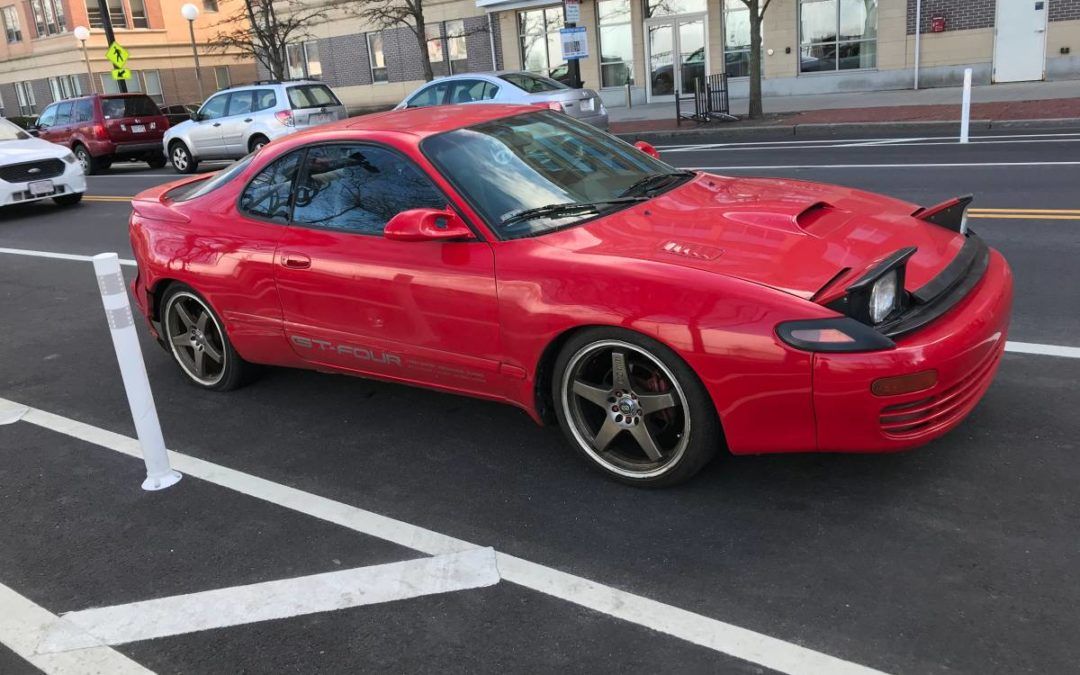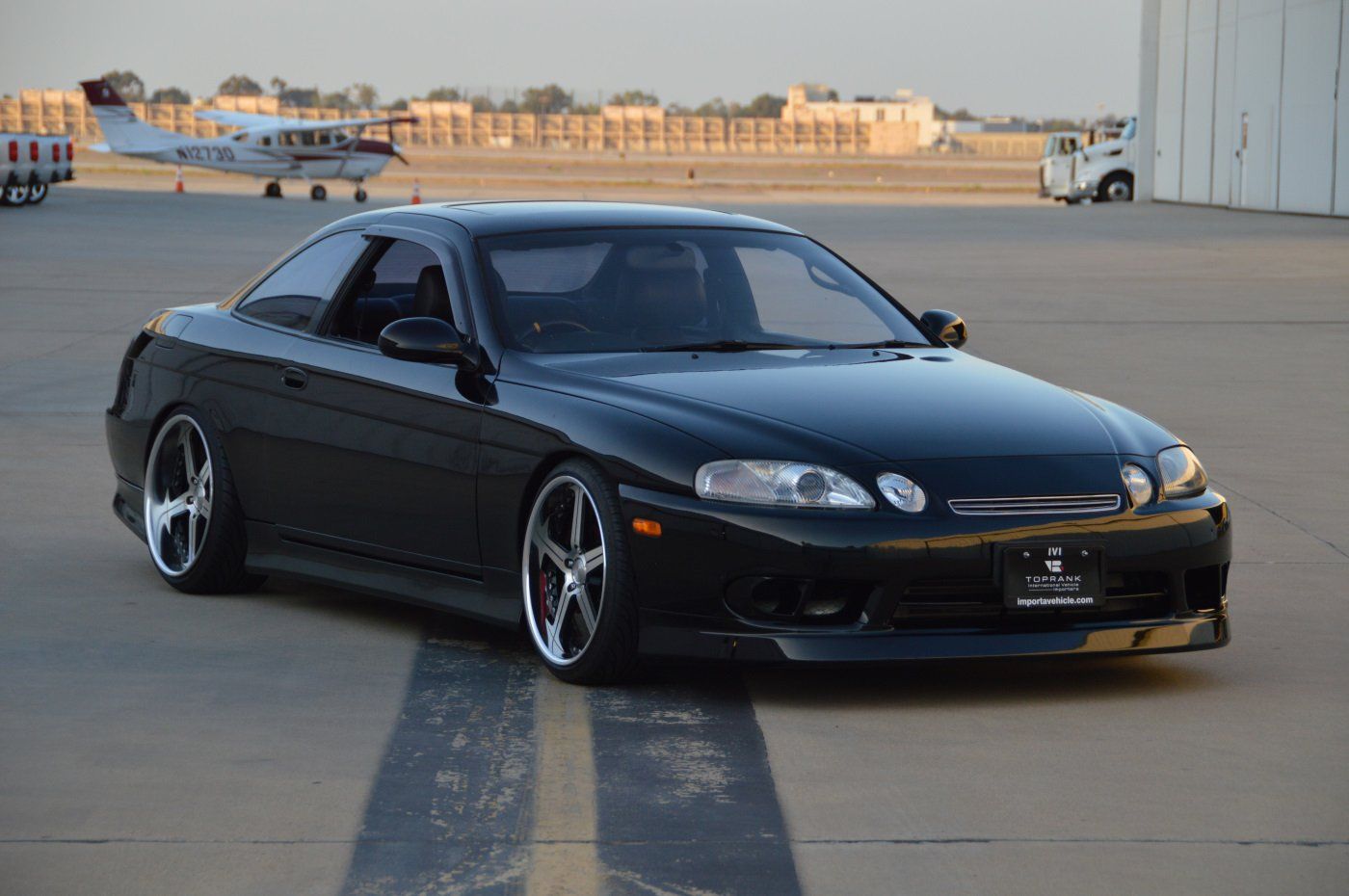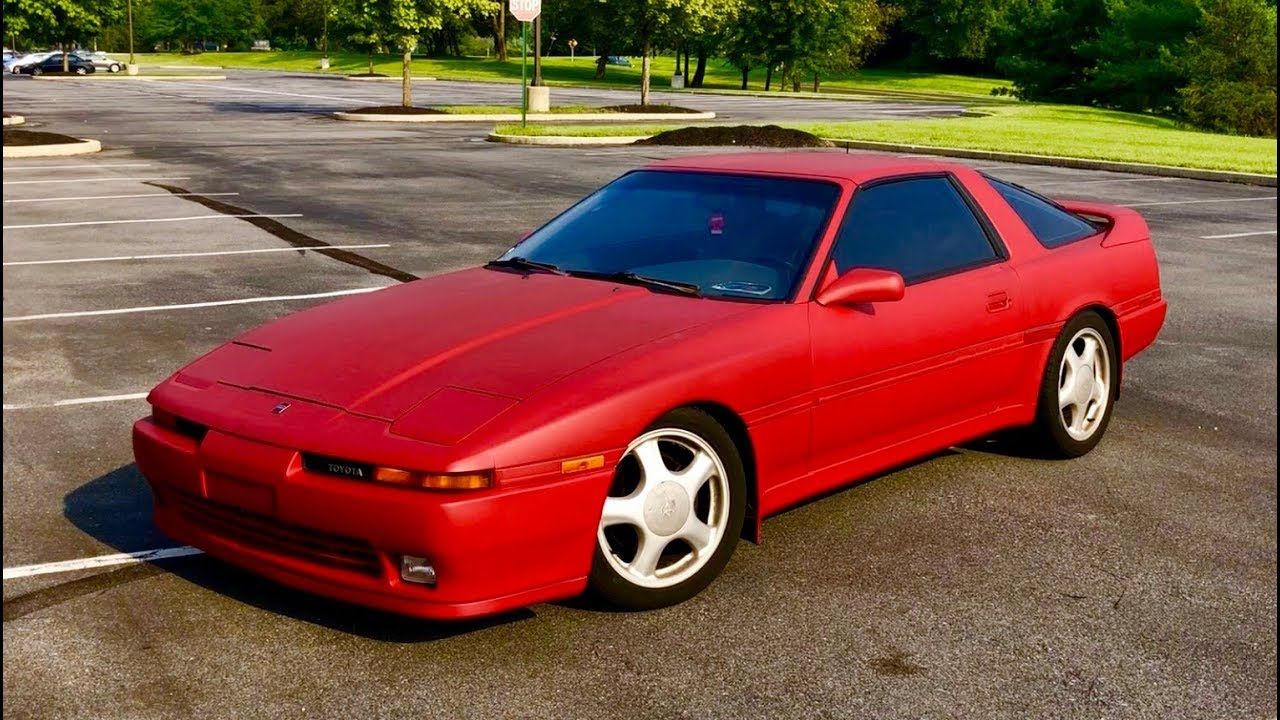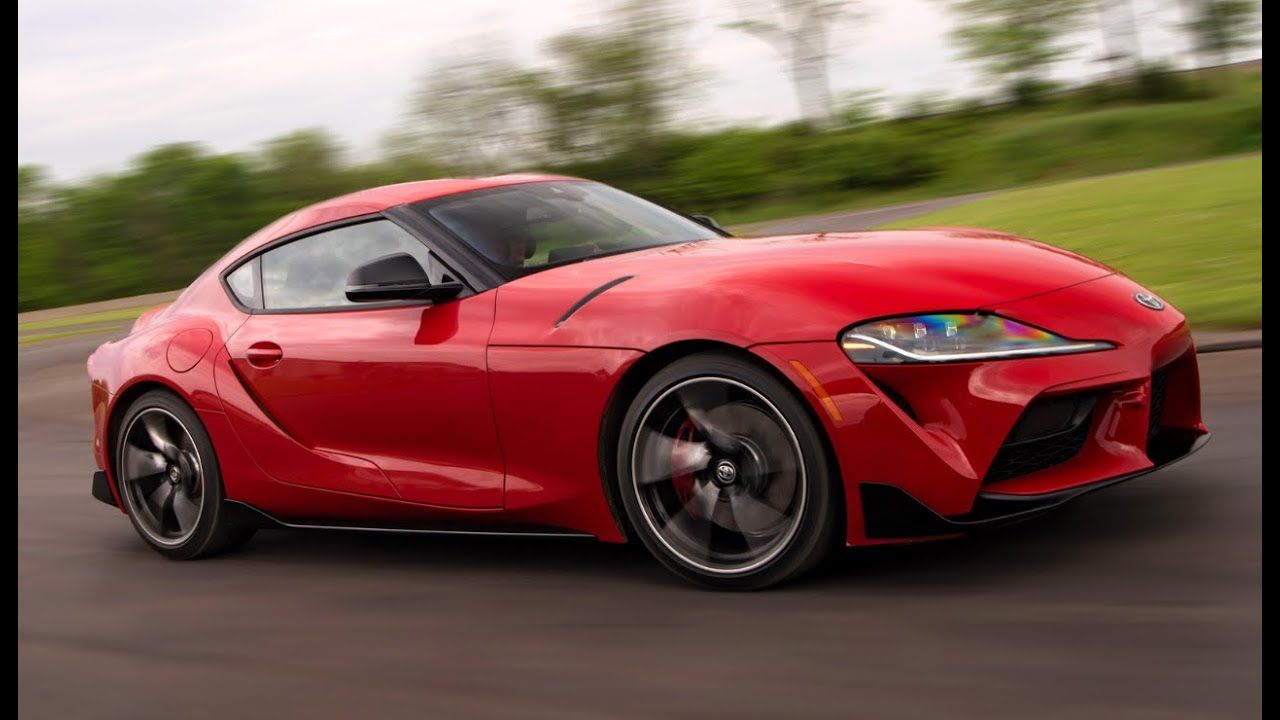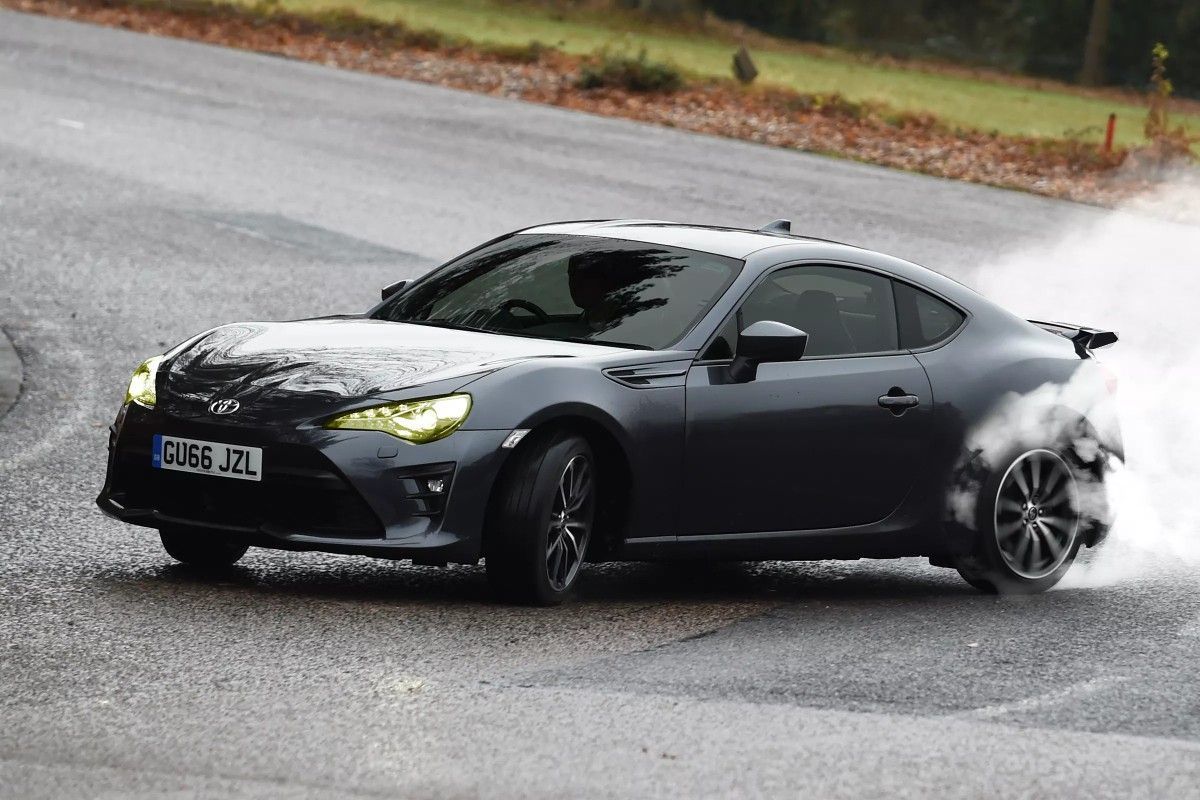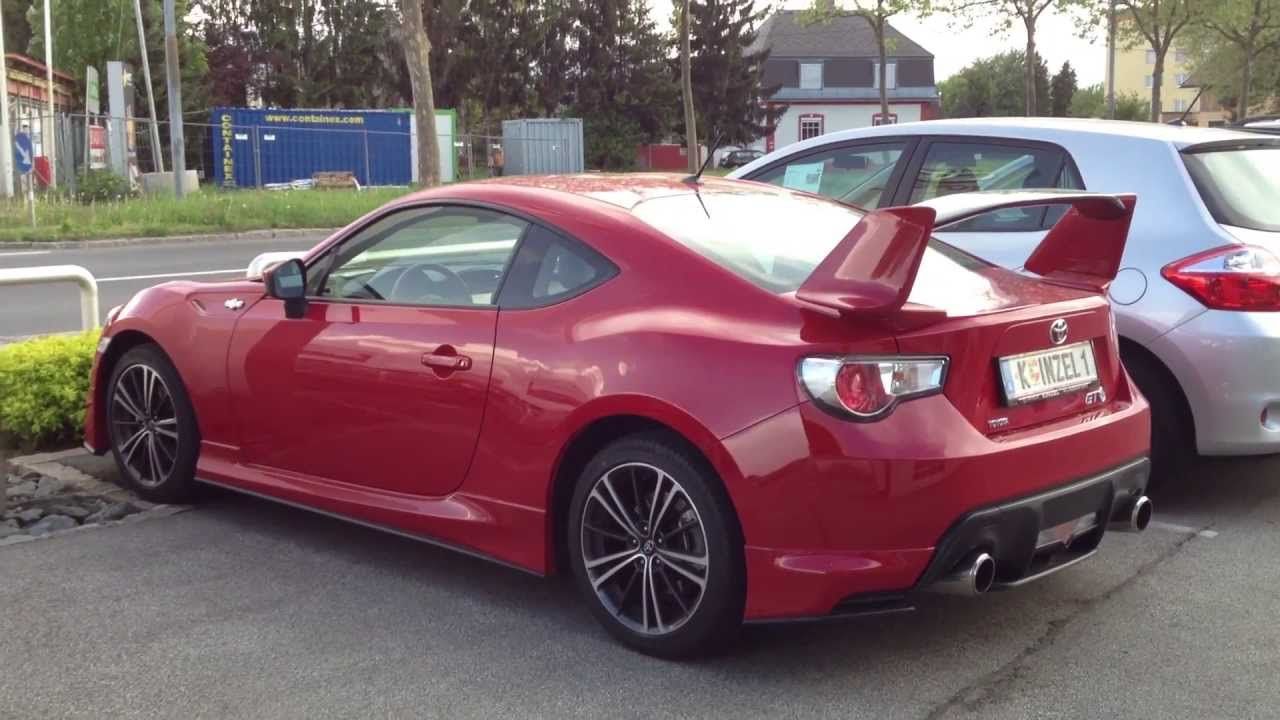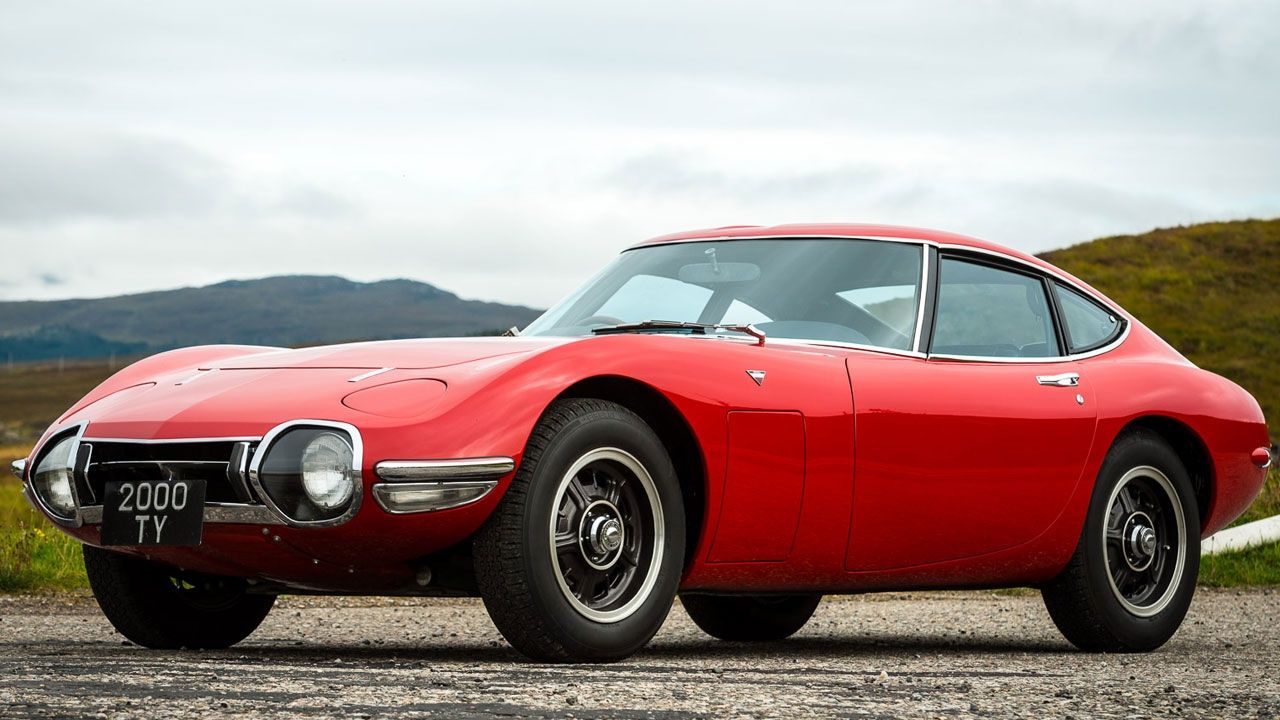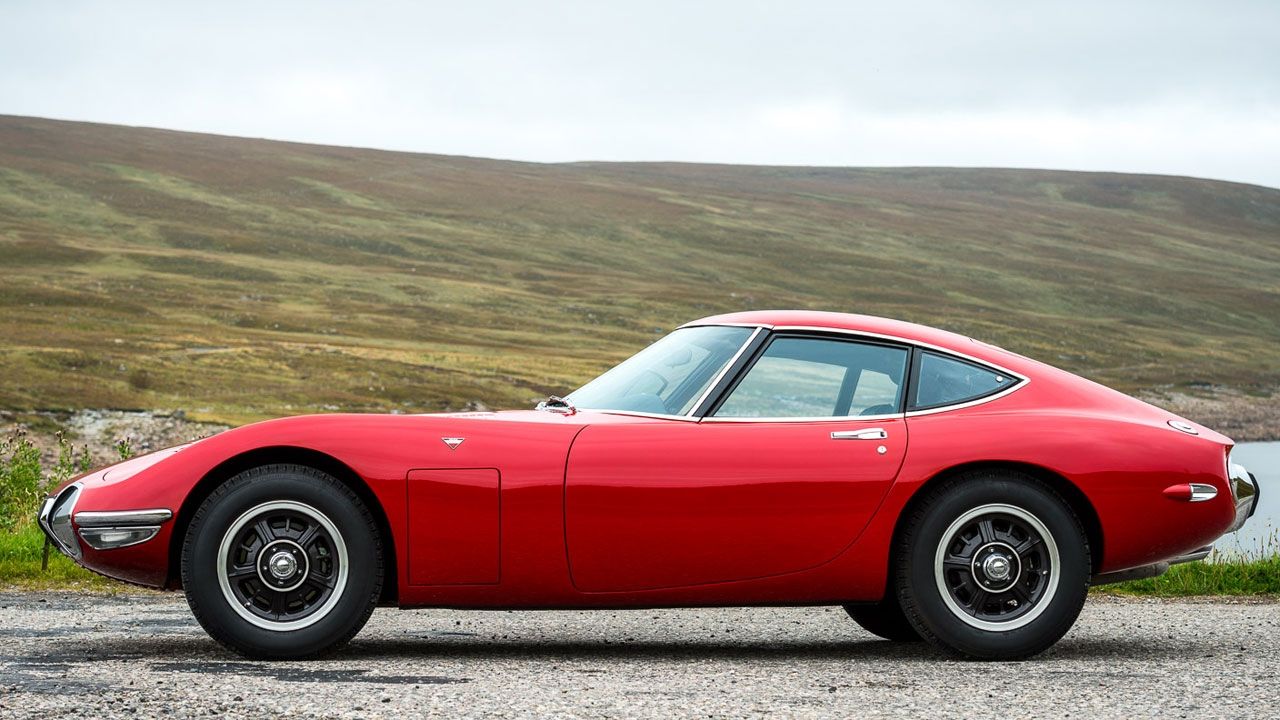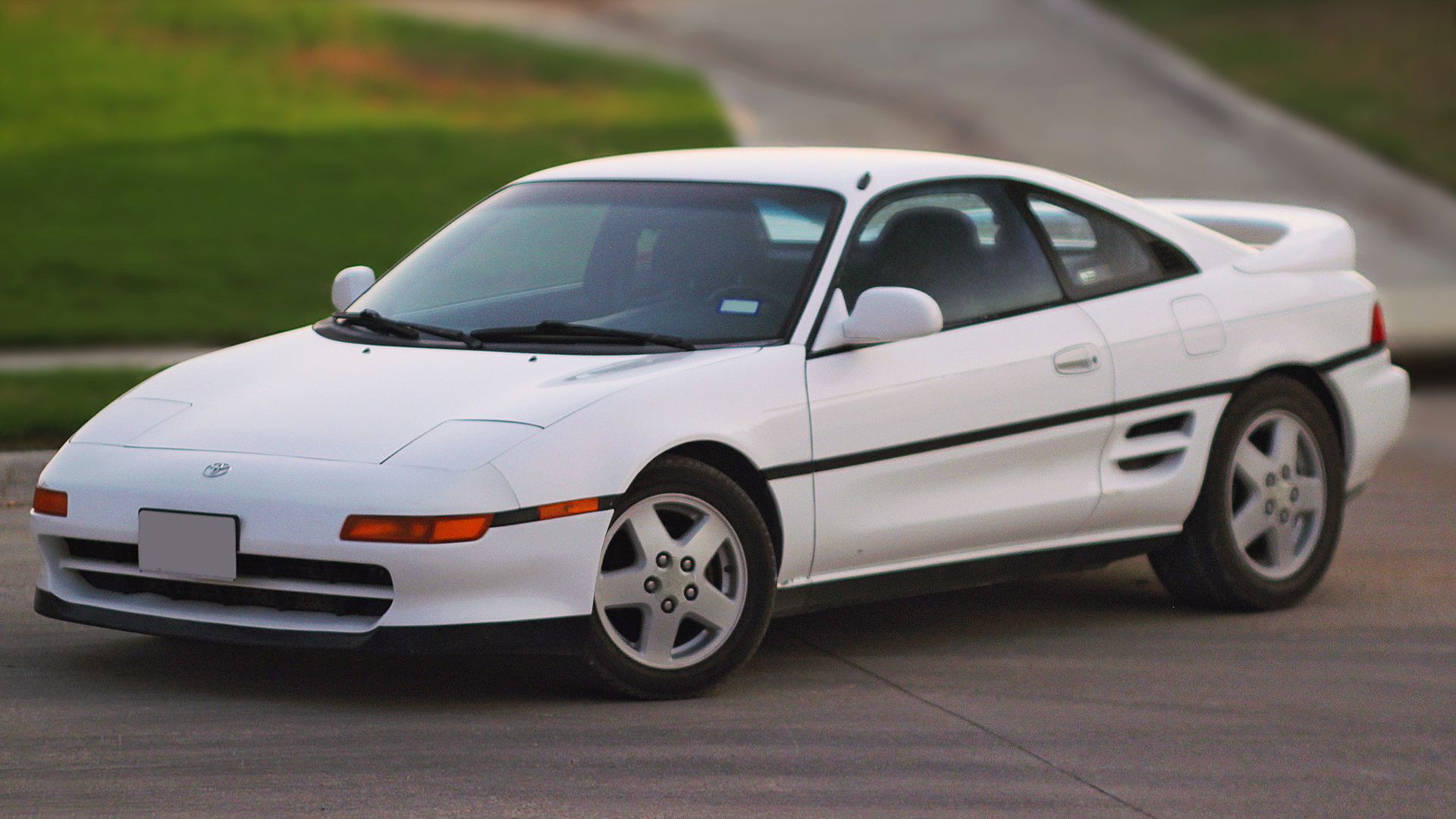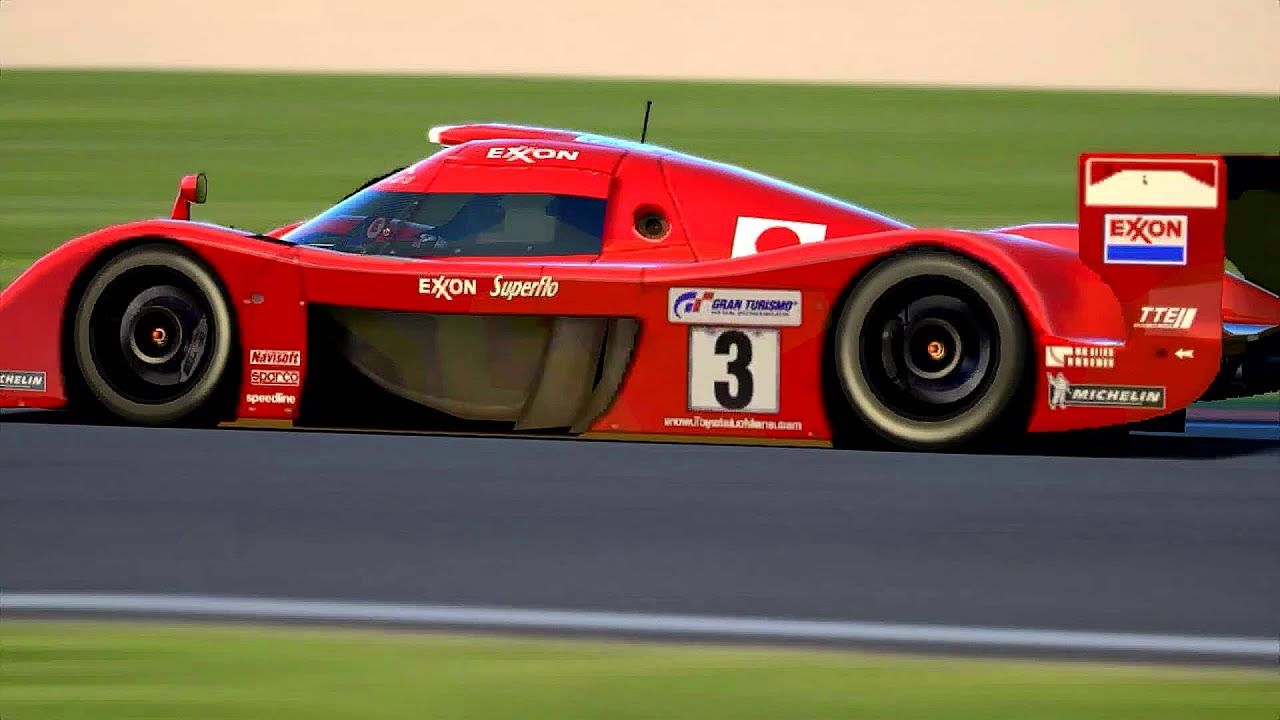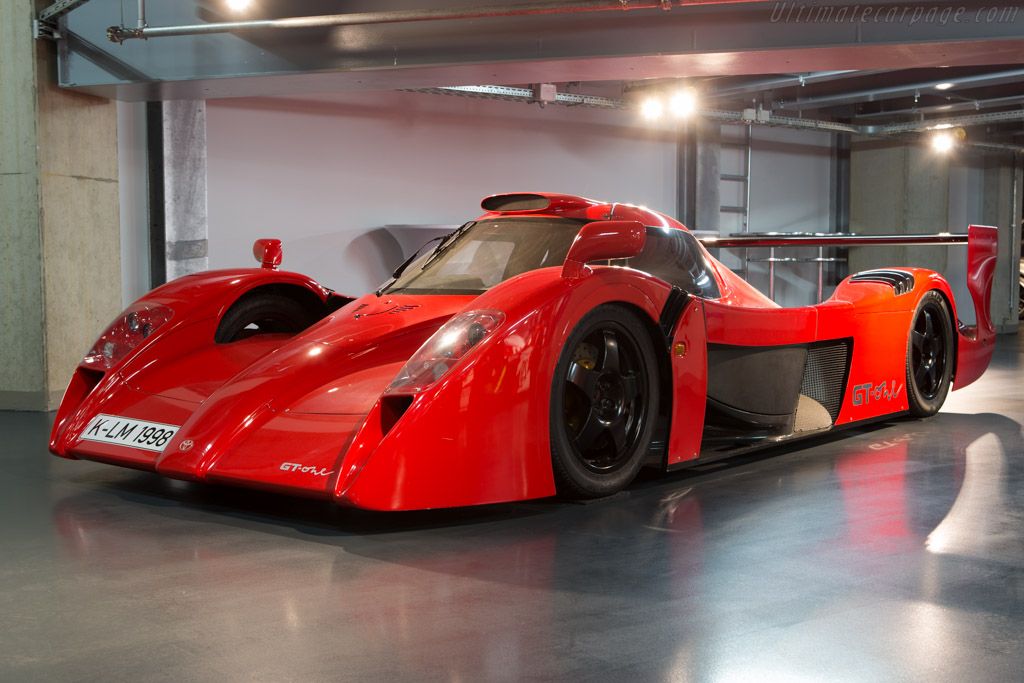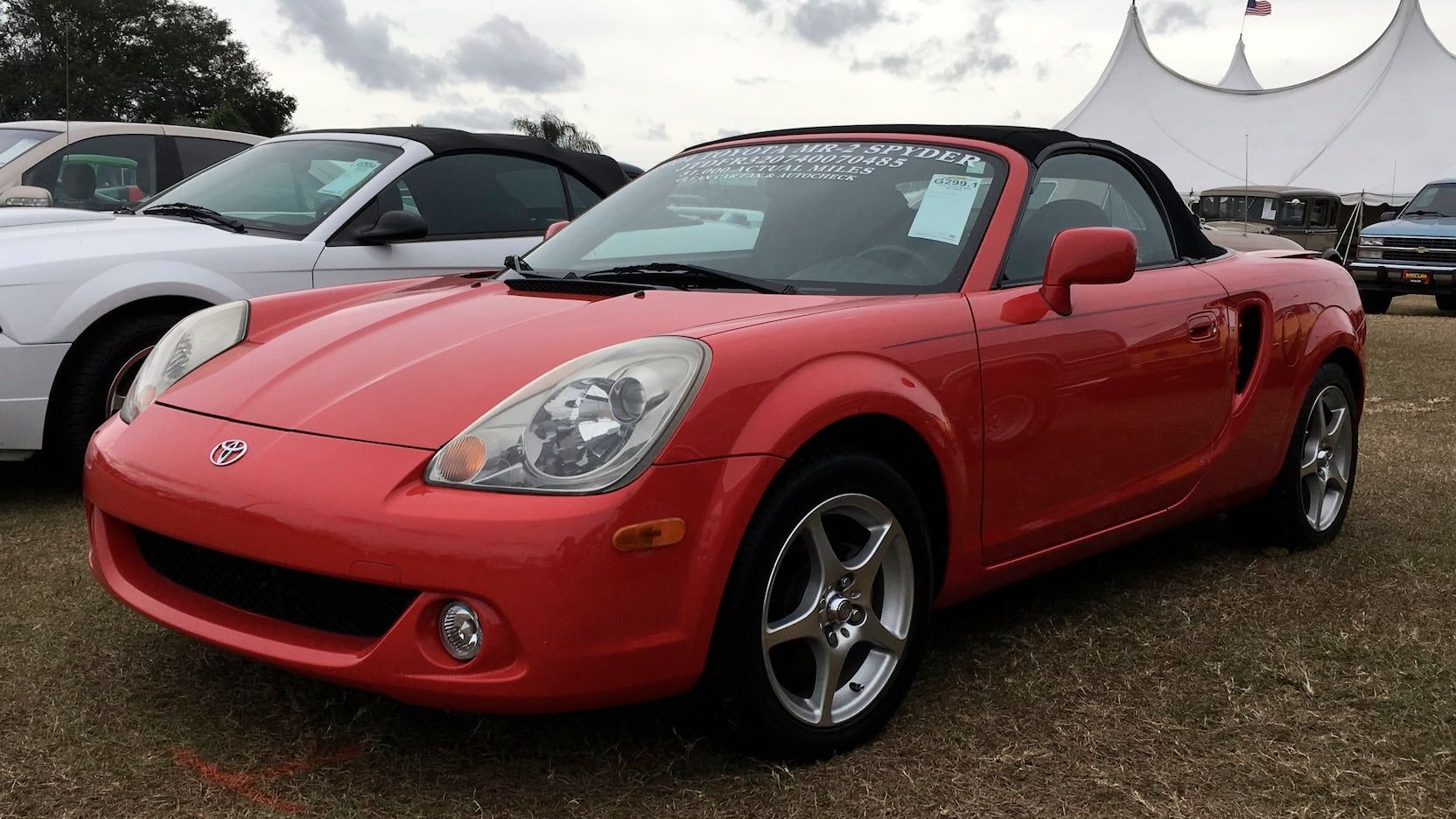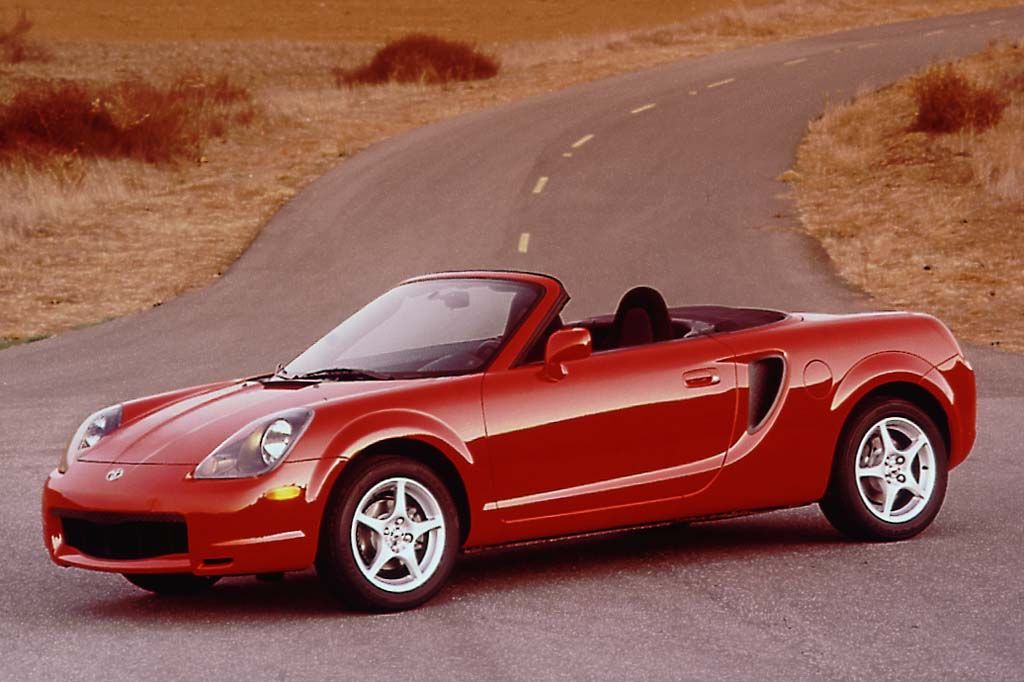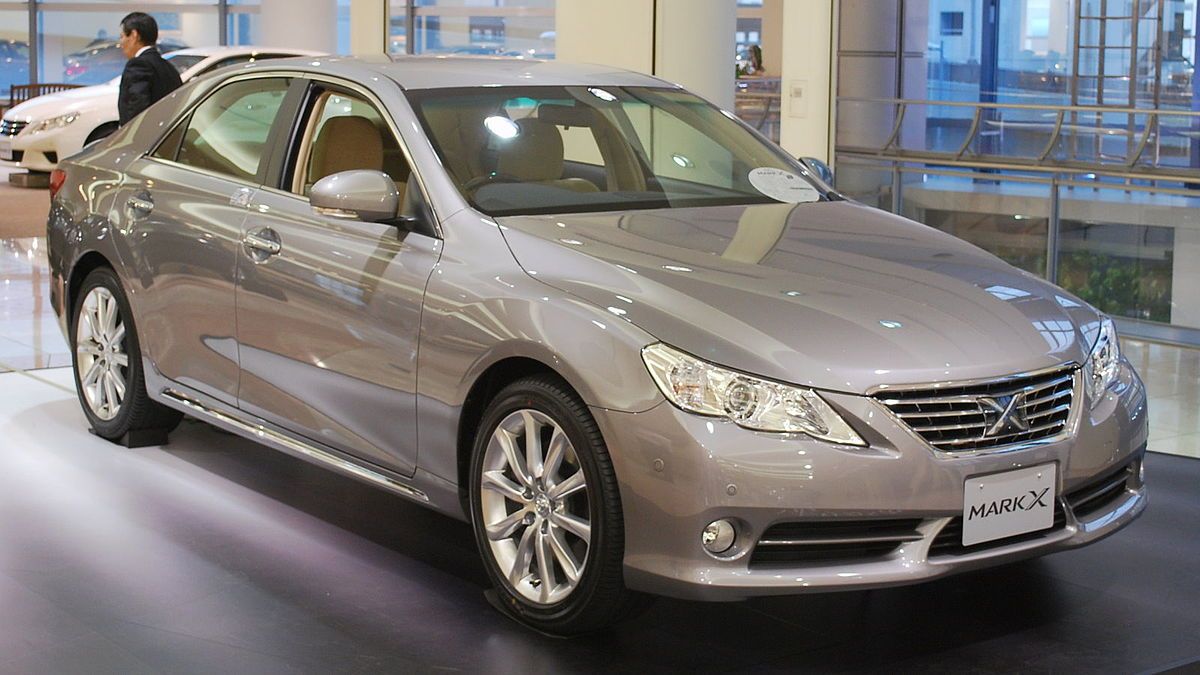We know Toyota for so many things, but ultimately not for building the most exclusive or fast and furious sports cars. However, when counting reliable, fuel-efficient, and budget-friendly automobiles, you will certainly have a Toyota on the list. This is what has propelled the Japanese automaker to global competitiveness over the years. It's no wonder that it's the leading automotive seller in terms of moved units.
In some parts of the world, the company ran a popularity campaign dubbed “ The Car In front is Always a Toyota.” It built a phenomenon craze that Toyota enthusiasts fondly remember.
Americans, however, have several choices when it comes to sports cars. This also applies to European fans, and other wealthier residents of the globe, such as folks in the Middle East. But Toyota hasn’t shied away from building some intriguing sports cars for these markets. Toyota’s approach has always been to make its cars affordable and available to the masses. This deviates considerably from many sports carmakers whose orientation is making exclusive and exorbitantly priced cars.
The Supra, the Celica, and the 2000GT are just a few examples of Toyota cars that are quite common on our roads. Here is a look into some of Toyota’s affordable sports cars.
10 Toyota S800
On top of our list is the oldest Toyota sports car, the S800 which made its debut at the Tokyo Motor Show in 1962 but hit the market in 1965. It was fondly given the moniker Yotahachi, which translates to “Toyota 8.”
The S800 was as captivating in design as it was in performance. The styling was hailed for its aerodynamic contribution to the car's performance. Toyota built slightly more than 3000 of them, with about 300 right-hand-drive examples for specific markets.
9 Toyota Celica AWD Turbos
It still puzzles lots of motoring fans how Toyota dominated the World Rally Cross (WRC) between 1992 -1994. Just to jog your memory, Toyota bagged the Driver’s Championship in 1993 and 1994. It was a well-deserved win. The secret was in the Toyota Celica AWD Turbo, a car that is claimed to have jolted Subaru and Mitsubishi to create rally-eccentric cars such as the Subaru WRX and the Mitsubishi Lancer Evolution.
Production of the all-wheel-drive sports car started in 1986 and run until 1999. Its legacy lives on. To many gearheads, any version of the Celica makes a good daily drive and a reminder of the times gone by.
8 Toyota Soarer Turbo
In a 1991 press release by Toyota, the company says about the Soarer; “Soft curves and sophisticated styling the new Soarer’s sleek, refined look.” By this time, the company had produced the Soarer for ten years, and redefining its look was inevitable. The Soarer is among Toyota’s iconic sports cars for luxurious street driving. You can still get one for as low as $5,000. The early versions carried 2.0 or 3.0-liter turbo engines.
This changed over time as the Soarer adopted the tools of the Lexus SC400. The 2001 model, known Z40 actually outside Japan as the Lexus SC 430. This assimilation marked the beginning of the growth of Lexus as Toyota’s premium brand. That's how the Soarer folded silently.
7 Toyota Supra
The Toyota Supra is one of the long-running nameplates on this list, having roared to life in 1978. It’s now running its fifth generation since 2019 and seems to have elicited quite a stir among Toyota adherents. It’s been spruced up with a 3.0-liter inline-six engine that generates 382hp. The engine is plucked from the BMW Z4 and uses an automatic transmission. Whereas the refreshed model is mouthwatering, a Supra from the older generation is still a grand piece to take to the road.
The Supra has had to do a lot of groundwork to distinguish itself from the Toyota Celica and the 2000GT that donated a lot of features for its first generation. By giving the Supra its own logo, Toyota encouraged it to do more than most of its standard models.
6 Toyota 86
With the Toyota 86, the company continued its quest for inexpensive yet reliable cars that are fun on the road. Combining efforts with Subaru to produce the Toyota 86 and the Subaru BRZ, the two companies injected a much-needed breather into both brands.
The Toyota 86 takes up Subaru's 2.0L four-cylinder engine that revs 197bhp. The choice of speed or manual transmission is yet another enticing factor. The introduction of the Toyota GR 86 became a huge sensation, and the expected renewal into the second generation slated for 2022 will also be something to watch closely.
5 Toyota 2000GT
If you come across a Toyota 2000GT that you can afford in your neighborhood, pay for it and drive away. It’s a worthy collectible and a fantastic ride any time.
It is the 2000GT that thrust Toyota fully into the world of performance. Toyota contracted Yamaha to build them for a brief season between 1967 and 1970. It’s reported that only 351 of them were made. The engine is a 2.0L inline-six granted by the Toyota Crown. This helps the 2000GT to achieve a grand 150hp. Not much, but just enough to give it deserved popularity. It’s among the few Toyotas that can attract anything close to $1 million, as did a 1967 model discovered in a Sydney garage.
4 Toyota MR2
The MR2 was Toyota’s response to the growing mid-engine foray fashioned by the Porsche 914, Lancia Scorpion as well as the Fiat X1/9 and the Pontiac Fiero.
The MR2(Midship Rear-drive 2-seater) was on and off production between 1984 to 2007. It became Japan’s first car to carry a mid-engine, heralding a new season for the marquee and the country at large. Riding on a 1.6-liter inline-four engine paired to a five-speed manual or a four-speed automatic, the MR2 was capable of 112hp. It was regarded as more of an affordable exotic car. Still, it managed 8.4 seconds from 0-60mph, just enough to make it competitive.
You will variedly hear of the MR2 MK2, an unofficial reference used more by vendors and car owners to distinguish between generations. With lots of changes over the years, the MR2 eventually blossomed into a valuable gem across the motoring society.
3 Toyota GT-One
Tracing the history of the GT-One, you get a feeling that Toyota was either intent on conforming with F1 rules or exploiting existing loopholes. The GT-One came into being in 1998 and participated at the 24 Hours of Le Mans the following year. At around this time, competition rules demanded that for any racing car, there had to be a complete replica road version of it. It was also supposed to be sellable to the public. There were no guidelines as to how many road versions were to be made. This is how Toyota’s GT-One ended up with only seven examples ever being built in the two-year period. Only two of them were road-going.
The GT-One is, as a result of its history and design, an impressively expensive collectible. It would again become a noteworthy contributor to competition rules and approach to racing.
2 2004 Toyota MR2 Spyder
Coming from the competitive and fun-focused MR2, the MR2 Spyder had its work cut out. It was to shake things a little, dare to be different, but most importantly, raise the bar. It was built with less weight, weighing only 2,200 pounds.
Under the hood was a 1.8 L four-cylinder engine that achieved just 140 hp. While this didn’t say much about its abilities, enthusiasts were impressed by its driving demeanor, friendly handling, and of course, pocket-friendly pricing. For the short run from 2000-2005, the MR Spyder recorded around 25,000 units sold in the US. In the same season, its main competitor, the Mazda MX-5 Miata clocked about 80,000 units. Poor marketing is quoted as a major contributor to dwindling sales, and the existence of well-abled competitors further dipped its chances.
1 Toyota Mark– X
It would be unfair to mention the Mark-X without reminiscing the Mark II, marketed as Corolla Mark II in the US. It had existed since 1968. The Mark-X came to replace the Mark II. It was a befitting replacement that has continued to build a bold legacy.
The Mark-X has a huge fan base of enthusiasts and the most endearing factor is its sporty styling. Its low-lying ground clearance, wide-body, sporty shape, and continuous refreshing over the years have done it a huge favor. It’s no doubt one of the most praiseworthy cars from Toyota in recent times. The 2.5-liter V6 engine producing 212 horsepower has significantly placed it in a good bargaining position.

